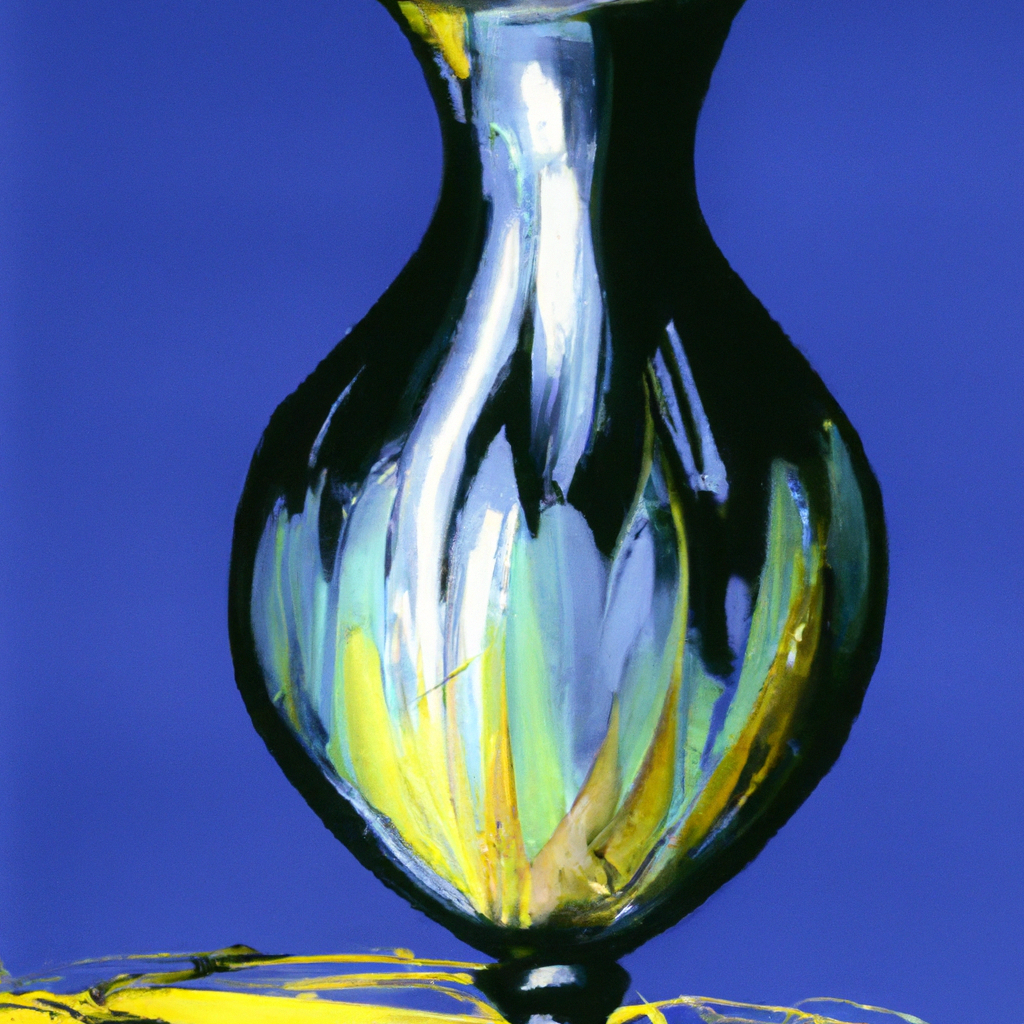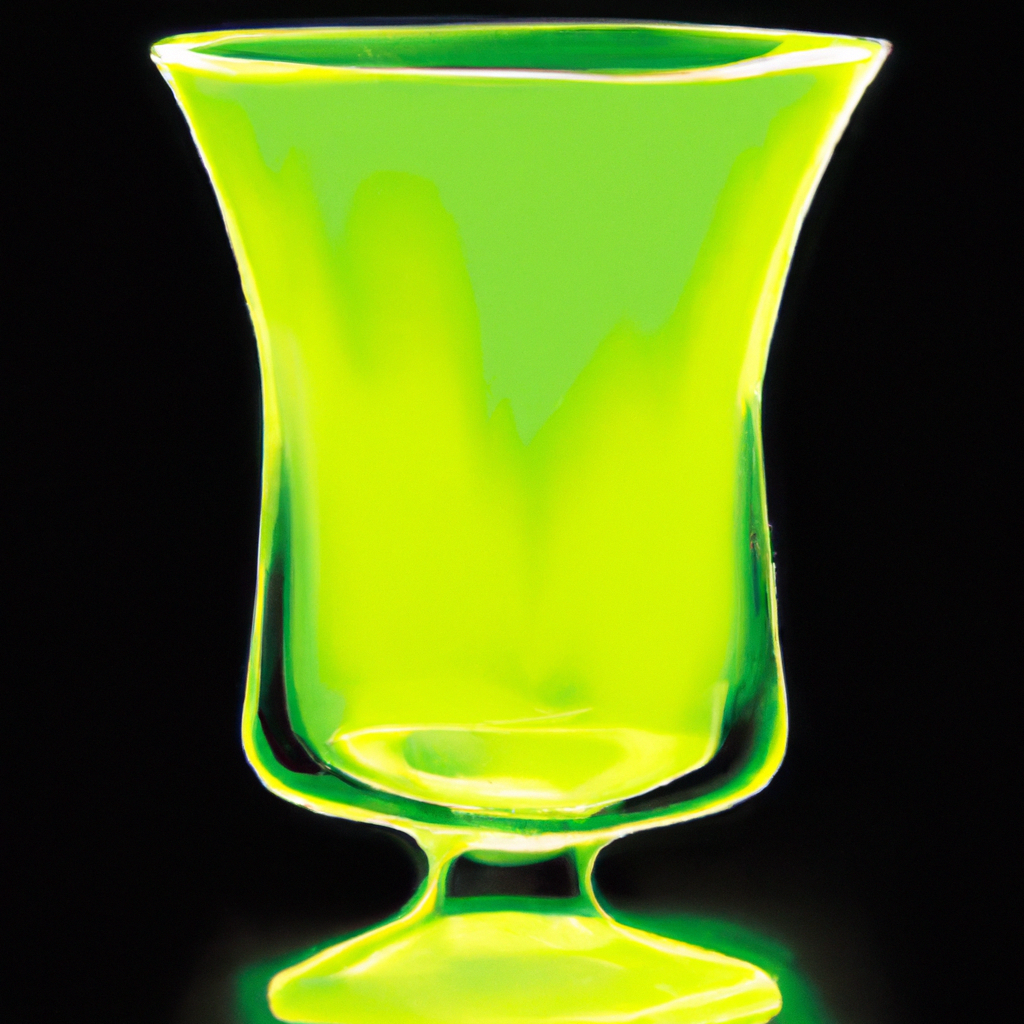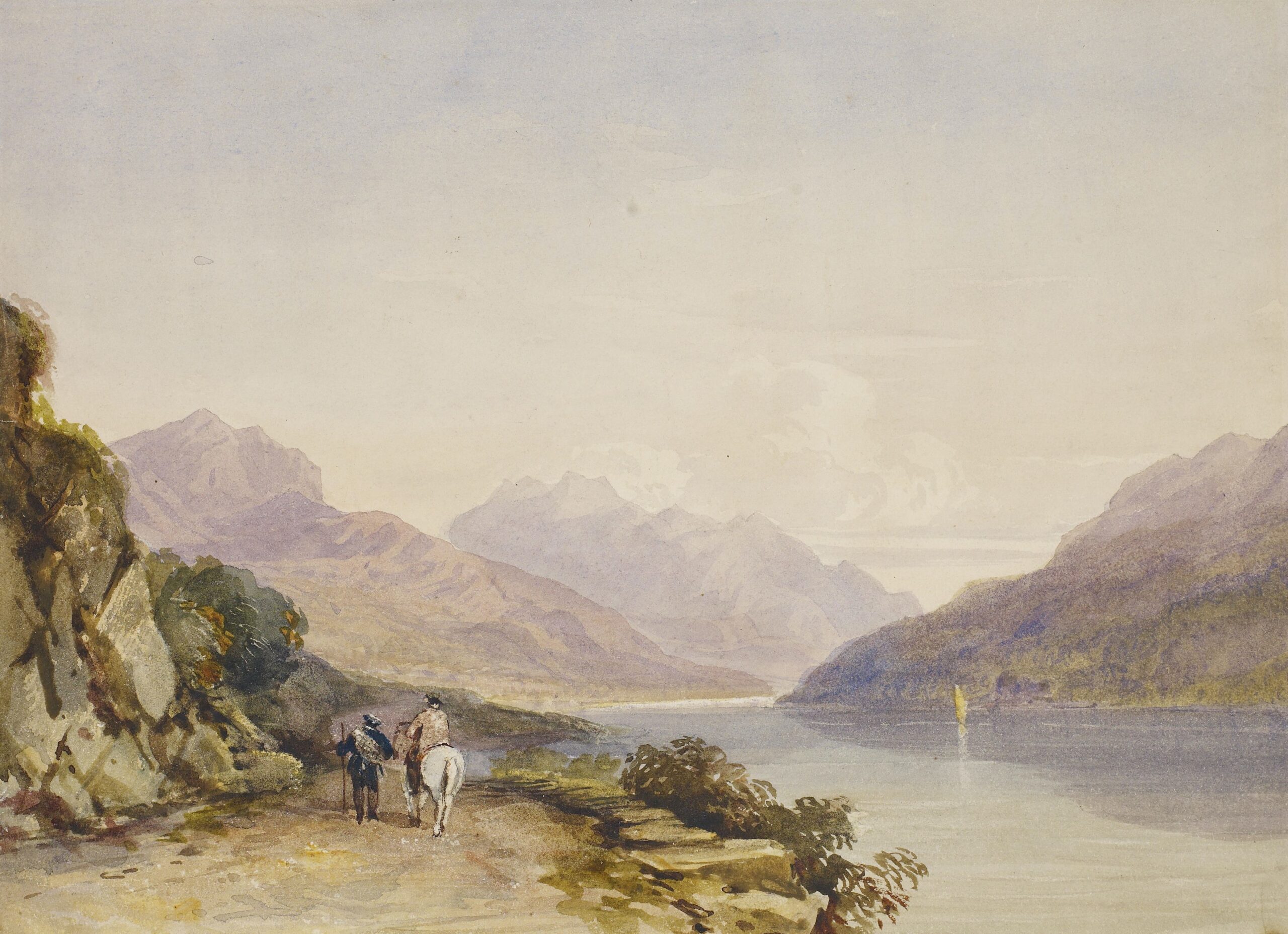In this informative article, you will discover a step-by-step guide on how to master the art of painting glass with gouache. Gouache is a versatile and vibrant medium that can bring depth and realism to your artwork. By following the techniques outlined in this article, you will learn how to capture the luminosity, transparency, and reflective qualities of glass, giving your paintings a striking and professional look. From understanding the principles of light and shadow to effectively blending colors, this article will equip you with the necessary skills to create stunning glass compositions using gouache.
Materials Needed
To paint glass with gouache, you will need a few essential materials. These materials include gouache paints, a glass surface, a selection of paintbrushes, a palette for mixing colors, water for dilution, and a paper towel for cleaning brushes and blotting excess paint. Gathering these materials before you begin will ensure a smooth and successful painting process.
Preparing the Glass Surface
Before starting the painting process, it is crucial to prepare the glass surface properly. This preparation involves a few necessary steps to ensure that the paint adheres well and creates a realistic glass effect.
Cleaning the glass
Begin by thoroughly cleaning the glass surface with a gentle glass cleaner or mild soap and water. It is essential to remove any dirt, dust, or fingerprints that might interfere with the paint application. Use a lint-free cloth or paper towel to gently wipe the surface clean and dry it completely before proceeding.
Applying a primer
To create a smooth and even painting surface, consider applying a primer specifically designed for use on glass. The primer helps the paint adhere better to the surface and prevents it from peeling or chipping. Carefully follow the instructions provided with the primer to achieve the best results.
Sandpapering the surface
For an extra level of adhesion, you can lightly sandpaper the glass surface before applying the primer. This step helps roughen up the surface, allowing the paint to grip onto it more effectively. Use a fine-grit sandpaper and gently rub it across the entire surface. Be cautious not to scratch the glass or create any visible marks.

This image is property of images.unsplash.com.
Choosing the Right Gouache Paints
When it comes to painting glass, selecting the right gouache paints is crucial to achieve accurate color representation and desired effects.
Opaque vs. transparent gouache
Consider whether you want to use opaque or transparent gouache paints for your glass painting. Opaque gouache paints provide solid, vibrant colors and are ideal for creating solid glass objects or objects with less transparency. On the other hand, transparent gouache paints are perfect for capturing the delicate and transparent nature of glass and creating realistic reflections and highlights.
Color selection
Choose a palette of colors that best represents the glass object you intend to paint. Look at reference images or real glass objects to identify the colors and shades you need to recreate. It is essential to have a good range of blues, greens, grays, and even subtle hints of other colors to capture reflections and shadows accurately.
Mixing colors
Gouache paints allow for easy color mixing, so experiment with mixing different colors to achieve the desired shades and tones. Test on a separate piece of paper before applying the mixed color on your painting to ensure it matches the reference or the vision you have for your glass artwork.
Understanding Light Reflection on Glass
To successfully paint glass, it is vital to understand how light interacts with glass surfaces and how to capture these effects in your artwork.
Study lighting and shadows
Observe how lighting conditions affect the appearance of glass objects. Study how different light sources and angles create reflections, shadows, and highlights on the glass surface. Pay attention to how the glass distorts and refracts light to create unique visual effects.
Identify highlights and reflections
Identifying the highlights and reflections on the glass object is crucial for a realistic depiction. Look for the brightest areas where the light hits the glass directly, as well as the reflections of surrounding objects or scenery.
Observing distortions
Glass can create interesting distortions when objects are seen through it. Observe how glass bends or warps the shapes and colors of objects behind or within it. Understanding these distortions will help you accurately represent the glass’s unique qualities in your painting.
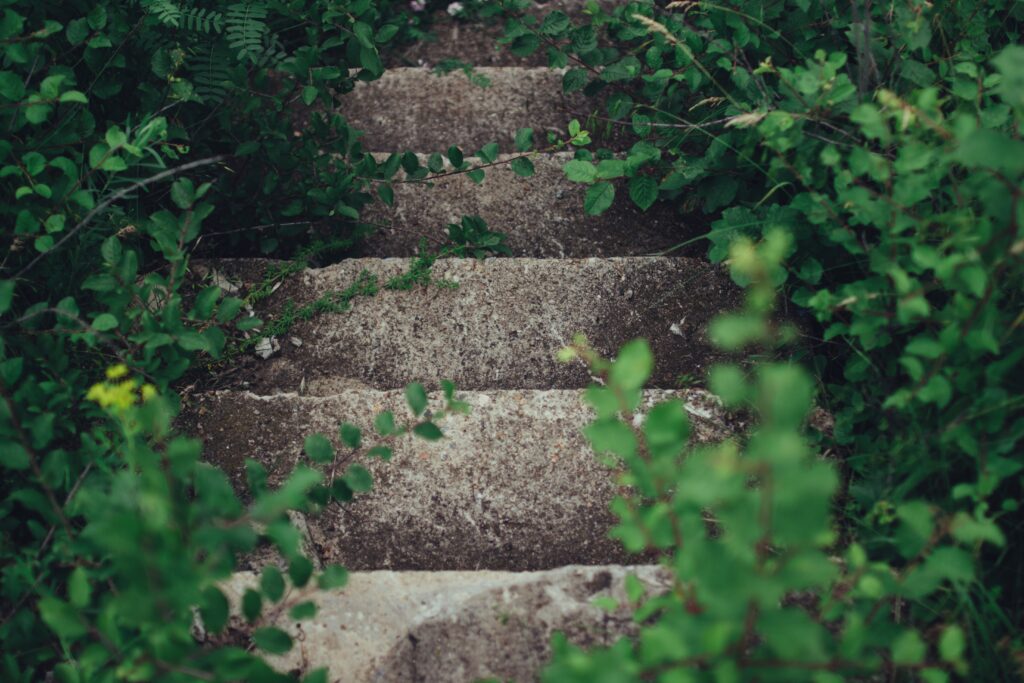
This image is property of images.unsplash.com.
Applying Base Layers
Before diving into the detailed glass effects, start by applying the base layers to establish the overall shape and color of the glass object.
Mixing colors for base layer
Mix the colors on your palette to create the base color for the glass object. Depending on the transparency of the glass, you may need to mix in a bit of white gouache to achieve the desired level of transparency. Experiment with various hues and shades until you achieve a color that closely resembles your reference or desired outcome.
Painting the outline
Using a fine-tipped brush, carefully paint the outline of the glass object. Pay attention to the curves, angles, and any unique features of the object. Start with light, sketchy strokes and gradually refine the outline to create a clean and precise shape.
Filling in the base color
Using a flat brush or a larger brush suitable for broader strokes, fill in the glass object with the base color you mixed earlier. Apply the paint smoothly and evenly, ensuring full coverage. Take your time and work in thin layers to avoid any streaks or clumps of paint. Allow each layer to dry before moving on to the next.
Creating Glass Effects
Now that you have established the base layer, it’s time to add the distinctive glass effects that will bring your painting to life.
Mixing highlight colors
Mix a lighter color for the highlights on the glass surface. Pay attention to the areas where the light hits the glass most directly and create a mixture that closely matches the highlight color you see. Keep in mind that the highlight color should be a slightly cooler or warmer version of the base color, depending on the lighting conditions.
Applying highlights
Using a small brush, carefully apply the highlight color to the areas you identified earlier. Follow the direction of the light source and apply the paint in thin, translucent layers. Gradually build up the intensity of the highlights, keeping them subtle and realistic. Blend the edges of the highlights with the surrounding base color to achieve a smooth transition.
Adding shadows
Create shadows on the glass object by mixing a slightly darker shade of the base color. Observe where the glass casts shadows on itself or the surrounding objects. Apply the shadow color with a light touch, focusing on the areas that require depth and dimension. Remember that shadows may appear softer or sharper depending on the lighting conditions and the glass’s transparency.
Creating transparent areas
Use a dilute mixture of your base color to create transparent areas on the glass object. Apply the diluted paint to areas that require a more see-through effect, such as the edges or thinner parts of the glass. Build up layers gradually until you achieve the desired level of transparency.

This image is property of images.unsplash.com.
Emphasizing Reflections and Highlights
Reflections and highlights are essential elements for capturing the realistic appearance of glass. Pay careful attention to these details to create a convincing glass effect in your painting.
Working with translucency
To enhance the transparency and translucency of the glass, use thin, semi-transparent layers of paint for the reflections and highlights. This technique will allow the underlying base color to show through, giving the illusion of a delicate and light-filled glass object.
Adding layers of highlights
Apply multiple layers of highlights on the glass surface to create depth and dimension. Start with a lighter mixture and gradually build up the intensity. Each layer should be applied with care and precision to maintain a natural and realistic appearance.
Blending techniques
Use soft blending techniques to achieve a smooth transition between different areas of the glass. Use a clean brush or a dry brush to softly blend the colors, ensuring that there are no harsh edges or visible brushstrokes. This technique will contribute to the overall glass-like quality of your painting.
Adding Details and Texture
To make your glass painting more authentic and visually interesting, it’s important to add realistic details and texture.
Painting reflections
Observe the reflections that appear on the glass surface and carefully recreate them in your painting. Reflect the surrounding objects or scenery onto the glass, paying attention to the subtle color shifts and distortions. Use a fine-tipped brush and a steady hand to paint these reflections with precision.
Texturing the glass
To give the glass object a textured and realistic appearance, consider adding small brushstrokes or stippling to imitate imperfections or the natural texture of the glass. Experiment with different brush sizes and textures to achieve the desired effect. Remember to refer to your reference or real glass objects for guidance.
Adding decorative elements
If your glass object includes decorative elements such as engravings or patterns, carefully paint them using a fine-tipped brush. Pay attention to the intricacy of the design and use a steady hand to achieve clean and precise lines. Take your time and work with patience to capture the beauty of these details.
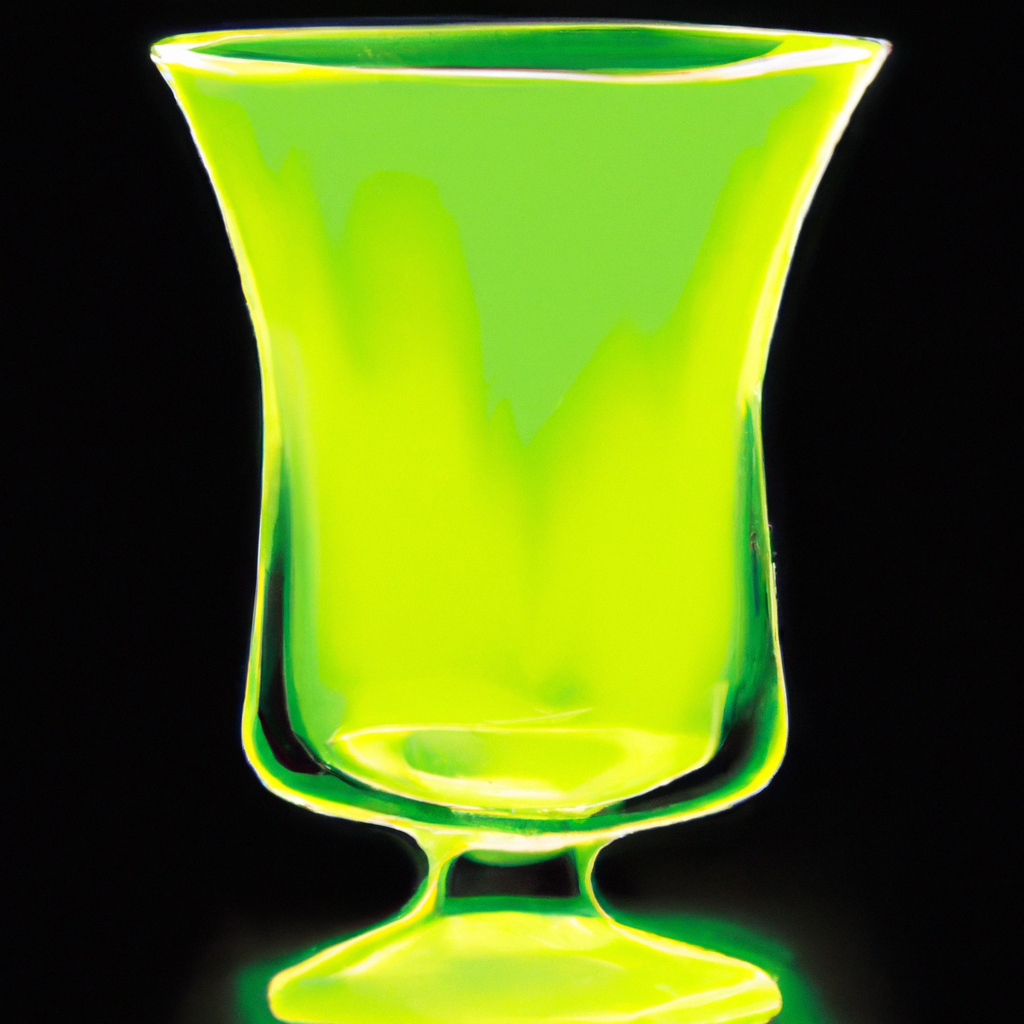
Finishing Touches
As you near the completion of your glass painting, it’s essential to add the finishing touches to refine the overall appearance.
Removing imperfections
Inspect your painting for any imperfections, smudges, or inconsistencies. Use a clean brush or a damp cloth to gently remove any unwanted paint or correct any mistakes. Take your time with this step to ensure that your glass object looks flawless and polished.
Fine-tuning colors
Carefully examine the colors in your painting and make any necessary adjustments. Compare your painting to the reference or real glass object to ensure accuracy. If certain areas need more vibrancy or shading, mix the appropriate colors and apply them with precision. The attention to detail in this stage will greatly enhance the realism of the glass object.
Adding final highlights
Before considering your painting complete, add any final touches of highlights to emphasize the glass’s reflective qualities. Apply these highlights sparingly and precisely, focusing on the brightest and most prominent areas. Take a step back to evaluate the overall composition, ensuring that everything looks cohesive and harmonious.
Allowing the Paint to Dry
Once you have finished painting your glass object, it is crucial to allow the paint sufficient time to dry completely. Proper drying time ensures that the paint sets properly, preventing smudging or accidental damage.
Drying time
The drying time for gouache paint can vary depending on various factors such as the thickness of the paint layers, the humidity, and the ambient temperature. As a general rule, allow at least 24 hours for the gouache paint to dry completely. However, it is advisable to check the manufacturer’s instructions on the specific drying times for the gouache brand you are using.
Avoiding smudging
To avoid smudging the paint, handle your painting with care and avoid touching the surface until it is completely dry. If necessary, you can lightly use a fixative spray specifically designed for gouache to protect the artwork and prevent any accidental smudging.
By following these comprehensive steps and practicing regularly, you can develop the skills and techniques to paint realistic and captivating glass with gouache. Remember to be patient, observe and study glass objects and their interactions with light, and most importantly, enjoy the creative process. Painting glass with gouache can be a rewarding and visually stunning artistic endeavor.
